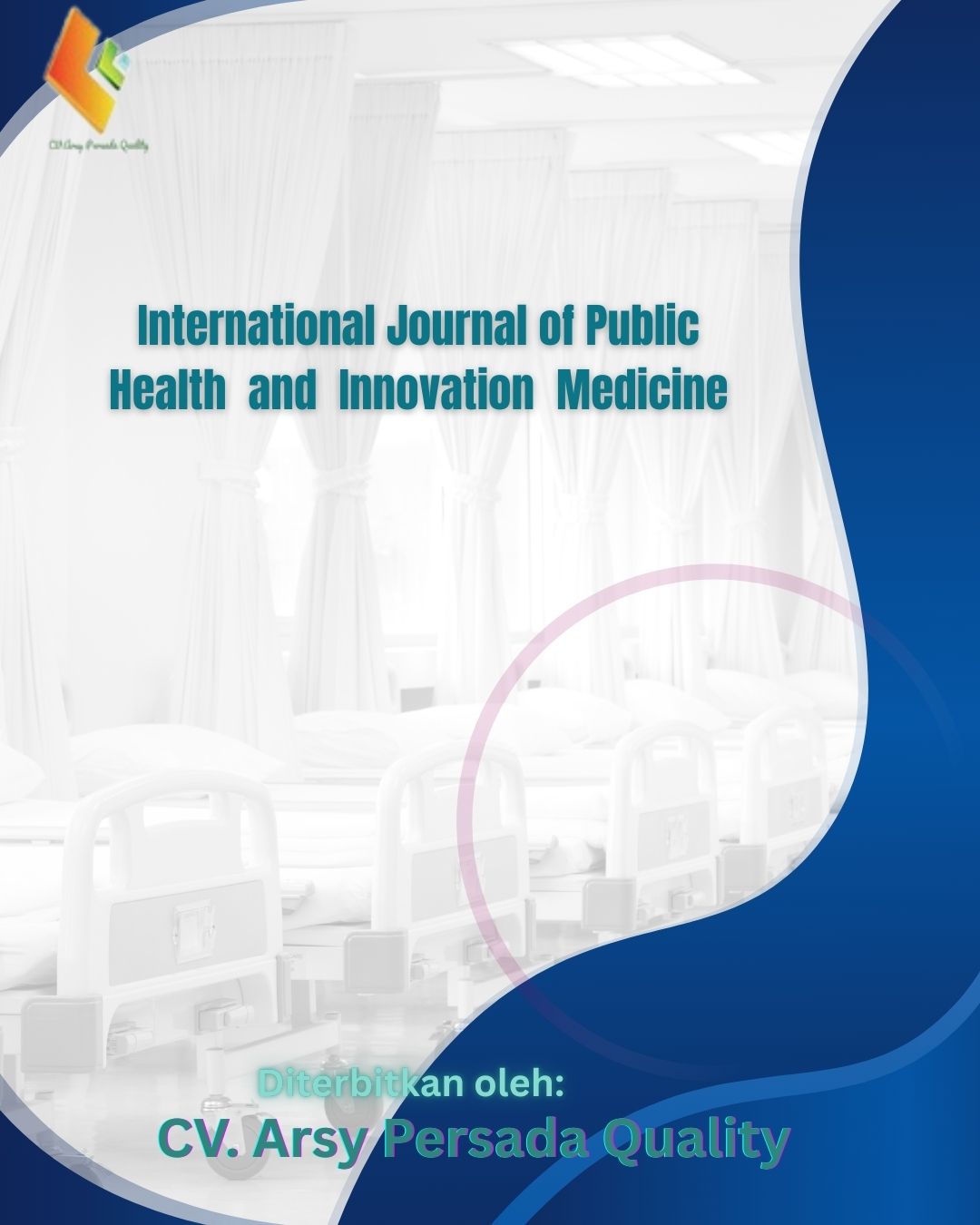TELEMEDICINE IN PRIMARY HEALTHCARE PRACTICE ETHICAL CHALLENGES AND ACCESSIBILITY IN REMOTE AREAS
Keywords:
Ethics, Accessibility, Remote Areas, Digital Health Equity, Informed Consent,Abstract
The growing demand for equitable healthcare access in underserved and geographically isolated communities has led to the increasing adoption of telemedicine in primary healthcare systems. Telemedicine, through the integration of digital communication technologies, has demonstrated potential to bridge spatial and logistical gaps in healthcare service delivery. This article critically examines the dual dimensions of telemedicine implementation in remote areas namely ethical concerns and accessibility barriers. From an ethical perspective, issues such as patient data confidentiality, informed consent procedures, professional accountability, and equity in service provision are analyzed in light of existing healthcare regulations and standards. Simultaneously, the article explores infrastructural and socio-economic obstacles that limit the efficacy and reach of telemedicine in resource-limited settings, including inadequate digital infrastructure, low digital literacy, and systemic inequalities. By synthesizing findings from global case studies and peer-reviewed literature, this study provides a comprehensive overview of the structural and ethical complexities surrounding telemedicine in rural primary care settings. Furthermore, it proposes actionable recommendations to improve the ethical governance and practical deployment of telemedicine services. The findings emphasize the importance of a multidimensional approach involving policy reform, community engagement, and technological innovation to ensure telemedicine contributes to sustainable and inclusive healthcare systems.
References
Bandura, A. (1986). Social foundations of thought and action: A social cognitive theory. Prentice-Hall.
Chau, M., Burgermaster, M., & Mamykina, L. (2018). The use of mobile technologies for health promotion among adolescents: A systematic review. Journal of Adolescent Health, 62(4), 467–478.
Chen, X., Wang, Y., & Zhang, Y. (2021). The role of mobile health apps in improving adolescent nutrition: A meta-review. JMIR mHealth and uHealth, 9(3), e23456. https://doi.org/10.2196/23456
Dilla T, et al. (2018). Adherence to therapy in type 2 DM. Diabetes Therapy, 9(4), 1349–1364.
Gauderman, W. J., Avol, E., Gilliland, F., et al. (2004). The effect of air pollution on lung development from 10 to 18 years of age. New England Journal of Medicine, 351(11), 1057–1067.
Ho PM, et al. (2016). Medication adherence in chronic disease management: A review of literature. Journal of Clinical Pharmacy.
Kemenkes RI. (2022). Profil Kesehatan Indonesia Tahun 2021. Kementerian Kesehatan Republik Indonesia. Retrieved from https://pusdatin.kemkes.go.id
Kementerian Kesehatan RI. (2021). Pedoman Nasional Pengelolaan Diabetes Mellitus.
Ministry of Environment and Forestry of Indonesia. (2023). Annual Air Quality Report. Jakarta: MoEF.
Notoatmodjo, S. (2012). Health Promotion and Behavioral Science. Jakarta: Rineka Cipta.
Nour, M., Yeatman, H., & Kelly, B. (2019). Digital health interventions for improving diet and physical activity in adolescents: A systematic review and meta-analysis. BMJ Open, 9(6), e025047.
Nutbeam, D. (2000). Health literacy as a public health goal: A challenge for contemporary health education and communication strategies into the 21st century. Health Promotion International, 15(3), 259–267.
Nutbeam, D. (2000). Health literacy as a public health goal: A challenge for contemporary health education and communication strategies into the 21st century. Health Promotion International, 15(3), 259–267. https://doi.org/10.1093/heapro/15.3.259
Pope, C. A., Ezzati, M., & Dockery, D. W. (2009). Fine-particulate air pollution and life expectancy in the United States. New England Journal of Medicine, 360(4), 376–386.
Sahoo, K., Sahoo, B., Choudhury, A. K., Sofi, N. Y., Kumar, R., & Bhadoria, A. S. (2015). Childhood obesity: Causes and consequences. Journal of Family Medicine and Primary Care, 4(2), 187–192.
Setiawan, B., & Anwar, A. F. (2020). Determinants of clean and healthy lifestyle behavior in urban slum areas. Jurnal Kesehatan Masyarakat Nasional (National Public Health Journal), 15(2), 85–94. https://doi.org/10.21109/kesmas.v15i2.3562
Stephens, J., Allen, J., & Dennison, C. R. (2020). Mobile phone interventions to improve adherence in adolescents with health issues: A systematic review. JMIR Pediatrics and Parenting, 3(1), e12971.
Susilowati, I. H., & Sari, R. N. (2021). Community participation and PHBS behavior among urban households: A cross-sectional study. BMC Public Health, 21(1), 1–9. https://doi.org/10.1186/s12889-021-10291-w
van Dijk, J. (2020). The digital divide. Polity Press.
World Health Organization (2021). WHO global air quality guidelines: Particulate matter (PM2.5 and PM10), ozone, nitrogen dioxide, sulfur dioxide and carbon monoxide. Geneva: WHO.
World Health Organization (WHO). (2019). Primary health care on the road to universal health coverage: 2019 global monitoring report. World Health Organization. Retrieved from https://www.who.int/publications/i/item/9789240029040
World Health Organization. (2003). Adherence to long-term therapies: Evidence for action
World Health Organization. (2020). Guidelines on physical activity and sedentary behavior. WHO.
Zhang, Y., Liu, X., Zhang, L., & Pan, Y. (2016). Association between air pollution and hospital outpatient visits for pediatric respiratory diseases in Shanghai, China. Environmental Science and Pollution Research, 23(12), 12235–12243.



